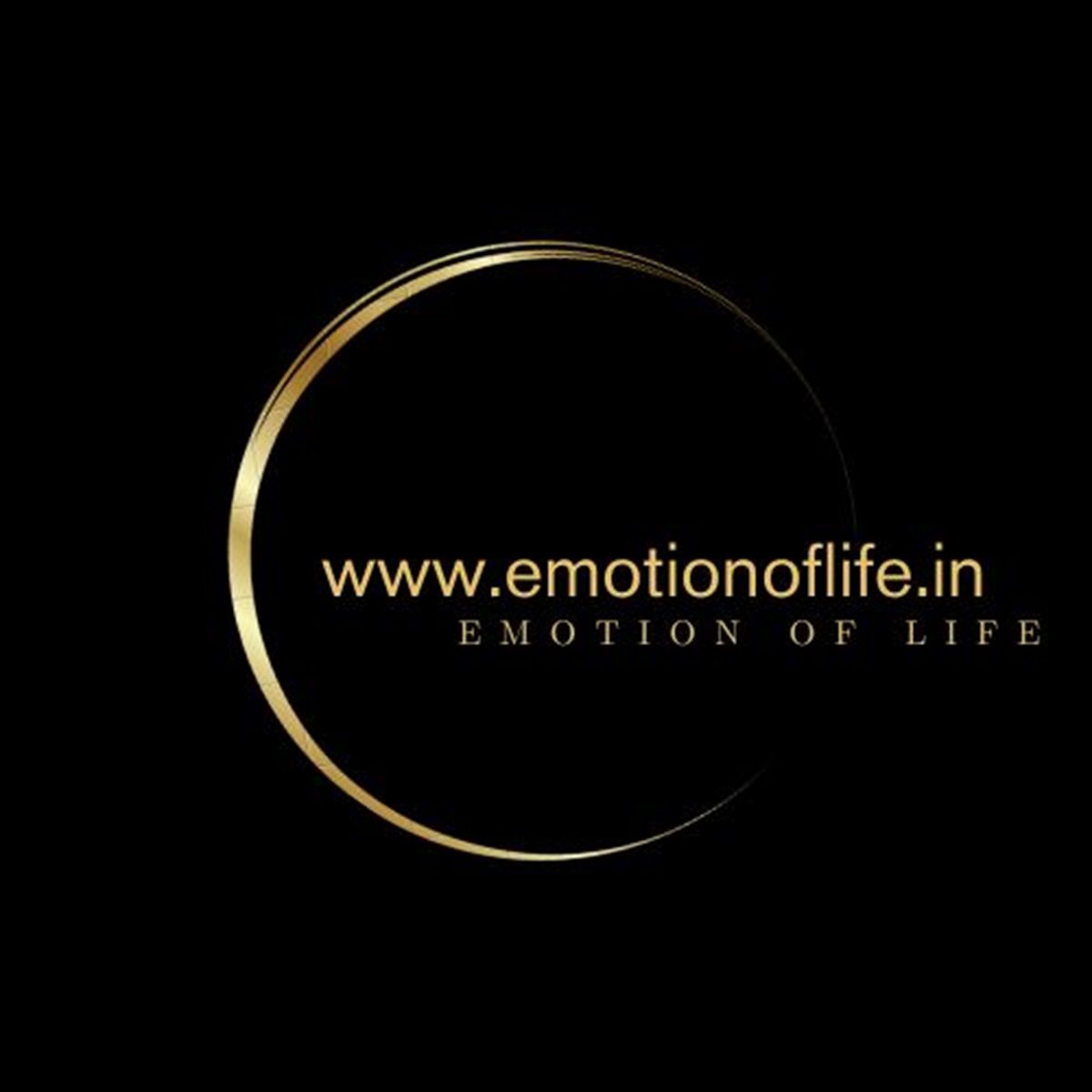
Hair Pulling OCD (Trichotillomania)
Hair Pulling Disorder, clinically referred to as Trichotillomania (TTM), is a complex psychological condition that goes far beyond a simple bad habit. Classified under Body-Focused Repetitive Behaviors (BFRBs), it involves repetitive hair-pulling—often from the scalp, eyebrows, or other areas—which can lead to noticeable hair loss and emotional strain.
What Drives the Urge to Pull Hair?
Individuals develop this compulsion for a variety of reasons, including:
- Stress and Emotional Turmoil
Hair pulling can act as a coping mechanism in moments of heightened anxiety, tension, or distress.
- Temporary Relief or Satisfaction
Some individuals find a feeling of ease or release when they pull out their hair.
- Boredom or Inactivity
Episodes may occur when someone is unoccupied or feeling restless.
- Perfectionistic Tendencies
Certain individuals are triggered by the desire to remove hairs they perceive as “flawed” or “out of place.”
Consequences of Trichotillomania
Trichotillomania doesn’t just impact physical appearance. Its effects can reach deeply into emotional and social wellbeing:
- Skin Damage and Infection
Pulling hair again and again can hurt the skin, lead to redness, leave marks, or even stop hair from growing back for good.
- Emotional Struggles
Feelings of guilt, shame, or embarrassment are common, which often leads to social withdrawal.
- Related Mental Health Issues
It’s not uncommon for individuals with TTM to also experience conditions like depression, anxiety, or OCD.
Common Misconceptions About Trichotillomania
Let’s bust a few myths:
- It’s not simply a bad habit—TTM is a legitimate mental health condition.
- It’s not driven by vanity—it’s unrelated to appearance concerns.
- It’s more common than assumed—millions are affected, though many suffer in silence due to stigma.
Recognizable Symptoms
- Often removing hair from the scalp, lashes, brows, or other parts of the body.
- Noticeable hair thinning or bald spots.
- Rising tension or discomfort before pulling.
- A sense of relief or pleasure post-pulling.
- Repeated, often unsuccessful, attempts to stop.
- Staying away from social events because hair loss can be seen.
What Causes Trichotillomania?
While the root cause isn’t fully understood, several influences are thought to contribute:
- Brain-related causes: Imbalances in brain chemicals might be involved.
- Genetic predisposition: Family history can increase susceptibility.
- Stressful life events: Emotional trauma or high-stress periods may trigger the onset.
Treatment Without Medication
Good news—effective non-pharmaceutical treatments are available:
- Cognitive Behavioral Therapy (CBT)
It aims to find what sets off the hair-pulling and swap it with better, healthier actions. Habit Reversal
Training (HRT) is a key technique.
- Acceptance and Commitment Therapy (ACT)
Encourages acceptance of urges while building coping strategies through mindfulness.
- Mindfulness Practices
Enhances awareness and helps reduce impulsive responses.
- Biofeedback and Neurofeedback
Teaches self-regulation of body responses to control urges.
- Support Groups
Provides a safe space for individuals to share experiences and feel less alone.
- Family Therapy
Teaches family and friends how to offer helpful support.
A Realistic Case Example
Client Name: Jessica
Age: 29
Occupation: Software Engineer
Presenting Concern
Jessica sought help due to growing self-consciousness and reduced social engagement. Visible bald spots on her scalp and missing eyebrows led her to frequently wear hats and use makeup. She admitted pulling her hair during passive activities like reading or watching TV and expressed repeated—but unsuccessful—attempts to quit.
Background
- The earliest signs appeared at age 15, triggered by exam-related stress.
- Behavior worsened at 24 following a breakup.
- Self-help attempts (e.g., gloves, tying hair, fidget tools) had limited effect.
Assessment Approach
- Clinical Interviews to explore behavioral patterns and triggers.
- Psychological Evaluation to check for anxiety, depression, and compulsive behavior.
- Medical Review to exclude other causes of hair loss.
Diagnosis
Trichotillomania, based on DSM-5 criteria.
Treatment Strategy
CBT with Habit Reversal Training: Teaching Jessica to replace pulling with alternative behaviors.
- Stimulus Control: Using environmental modifications (e.g., wearing a hat at home).
- Peer Support: Encouraging group involvement to reduce feelings of isolation.
Hypothetical Outcome
After six months, Jessica reported reduced urges and visible hair regrowth. Though occasional relapses occurred under stress, her overall progress—both socially and psychologically—was significant.
Final Thoughts
Trichotillomania is not a sign of weakness or vanity. It’s a genuine psychological disorder that requires understanding and appropriate intervention. With proper support and treatment, people can regain control and live meaningful, satisfying lives.
You can write to us: info@emotionoflife.in or reach out us via call 9368503416 or visit our website- www.emotionoflife.in
